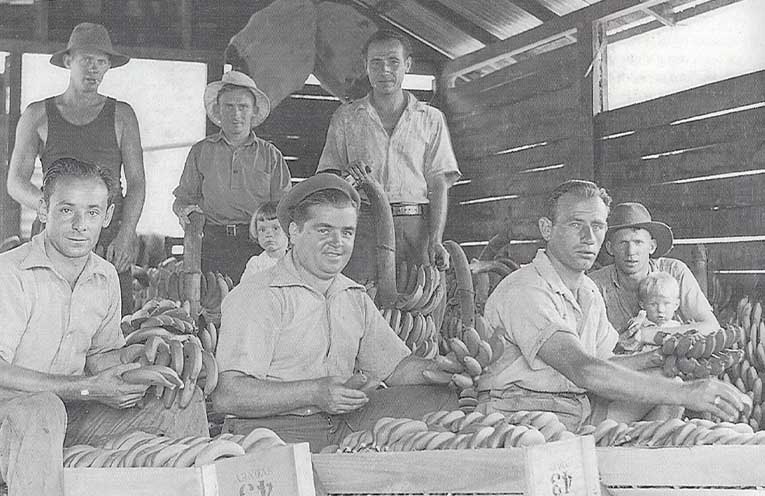
HISTORIAN and author Trevor Lynch is reaching out to the community as part of his research into a little-known wartime story, the Italian prisoners of war (POW) who worked on farms in the district during World War II.
During the war, approximately 400,000 Italian troops were captured by the Allies and sent to POW camps worldwide.
 Advertise with News of The Area today.
Advertise with News of The Area today.It’s worth it for your business.
Message us.
Phone us – (02) 4981 8882.
Email us – media@newsofthearea.com.au
Between 1941 and 1944, nearly 18,500 of these prisoners were transferred to Australia, many arriving from camps in India.
At first, they were confined to camps, only allowed to work under strict guard.
By 1943, as Australia’s agricultural workforce was significantly depleted due to the war effort, the government introduced the initiative of sending Italian POWs to farms to help struggling landowners.
In March 1944, Macksville became home to Prisoner of War Control Centre (PWCC) No. 12, one of many centres established across Australia to administer the employment of Italian POWs.
The local centre operated from a leased building on the corner of River and Princess Streets, which was then owned by the merchants Reid and Fotheringham and is now the site of a dental practice.
Through the War Agriculture Committee, local farmers could apply for up to three POW workers.
Once approved, these Italian men were transported from Cowra via Liverpool to Macksville by train.
At its peak, the Macksville centre was allocated up to 200 POWs, although not all were present in the district at once.
Many stayed in the Nambucca Valley for over a year, some for more than 18 months.
The scheme proved immensely successful, playing a part in preventing the collapse of rural industries and ensuring food production during wartime.
The Italian workers became an integral part of farm life, and in some cases strong bonds were formed between them and the local community.
Researching for his new work “Nambucca Anzacs WW2”, Mr Lynch has uncovered records of over 200 Italian POWs who were sent to the region.
He has also found documents about the Macksville PWCC, including details of the Army personnel who administered it.
“It is a fascinating local and international wartime story,” Mr Lynch told News Of The Area.
“This story may have to be told in a stand-alone book, given the volume of material I am finding, but It needs to be told because it involved so many local Nambucca Valley families.”
At least two Italian POWs later returned to the Nambucca Valley to establish their lives, with one marrying a local woman.
Mr Lynch is now calling on the community to help fill in the gaps.
He would love to hear from anyone, whether through family memories, old photographs, or personal stories, who has information about the Italian POWs who worked on farms in the Nambucca district.
If you have a story to share, you can contact Trevor Lynch at 0408 669 449.
By Mick BIRTLES



